Over Troubled Water: This Scottish Bridge Causes Dogs to Commit Suidide
By Dana Matthews on 04/05/2011@Weird_Dana
There is a bridge in Dumbarton, Scotland, which has, throughout the years, seen it’s fair share of suicides. Though “lovers leaps”, or suicide bridges are not all together uncommon (the Golden Gate Bridge in San Francisco, for instance, is the most popular suicide spot in the world with an average of one suicide every two weeks), Overtoun is a strange exception, as it hasn’t compelled many human deaths, but rather animal – canine to be exact. An innumerable amount of dogs have, since the early 50’s, jumped to their deaths into the rock bed below. This bizarre phenomenon has led to a lot of speculation from curiosity seekers and scientists alike. In an attempt to explain the strange rash of dog deaths, there grew a belief that the bridge and nearby Overtoun Home were haunted by malevolent spirits with a taste for puppies.
In the 1860’s, across the Overtoun Burn (or stream), the bridge was built on land that was rumored to be “thin”. That is to say that the entire area of Overtoun, by Celtic mythological standards, was believed have been a sacred space, where the fabric between heaven and earth was worn translucent; a place where the mystical energies of a foreign world flowed freely into ours. This, many say, is the cause of the confusion and disorientation in the passing animals, a byproduct of the “energy” purported to emanate from the land. There are some though, even of the new-age persuasion, who aren’t satisfied with this explanation of events. Some self-described psychics and mediums have come far and wide to the Scottish countryside, only to report a “comfortable” or “pleasant” sensation surrounding the area, despite some of the unfortunate human tragedies which have occurred at the bridge.

The menacing Overtoun Bridge
In 1994, Kevin Moy, a local Dumbarton man, threw his infant son to his death from the edge of the bridge, claiming the child was the Anti-Christ. Shortly afterwards, Moy himself attempted to commit suicide from the very same ledge, though his efforts were unsuccessful. Because of instances like these, there has been cause to wonder if there was a link between the ever-increasing human suicide rate of Dumbarton, and the steady reports of canine jumping at the town bridge. Enter: Dr. Rupert Sheldrake, who conducted a famous Australian experiment which claims to prove that dogs are capable of mentally and emotionally attuning themselves to their human counterparts. For the experiment, a respective dog and owner were filmed in separate locations, with the owner being asked to return home at an undecided time. Once the owner received a telephone call from the researchers they would then return home via taxi. This was done in order to confuse the dog, who may have become familiar with the particular sounds of their owner’s vehicle. Sheldrake claims that 11 seconds after the owner was requested to return, the dog moved to the window and sat for 15 minutes, waiting unprompted. Dr. Sheldrake believed that this proved “thoughts and intentions [could] be transmitted to dogs.”
ADVERTISEMENT
With Dumbarton being the site of long-time economic decline, some have theorized that perhaps the dogs had been affected by the depression sinking into the town’s citizens. Dumbarton has, after all, continuously been voted the “most depressing place in Britain”. So depressing, in fact, that the instances of human suicide have risen 200 per cent over the last three years, making it the leading cause of death for males in the area. Many have cited Dr. Sheldrake’s experiment as evidence that the dogs of Overtoun Bridge are merely “attuning” themselves to the town, the crushing sense of hopelessness causing them to leap to their deaths. The odd part though, is that of the dogs that have jumped, none of the previous owners have reported feeling signs of depression, much less thoughts of suicide.

Dr. David Sands and a few friends
Eventually, a canine psychologist by the name of Dr. David Sands became interested in the stories surrounding Overtoun Bridge. He made a few phone calls and took a trip to the bridge with an eye-witness: the only known dog to have ever survived the leap. Sands reported that, at first, the dog acted completely at ease, but as he lead her towards the far right corner of the bridge, the location where she had originally jumped, the dog became visibly agitated and quickly tensed. He went on to describe that something had suddenly “stimulated her primary senses of sight, sound, and smell”. This information drew the attention of the Scottish Society for the prevention of Cruelty to Animals and prompted Davis Sexton, an animal habitat expert, to make his own trek to the bridge.
Initially, Sexton believed that a nearby nuclear base could have been emitting sounds unperceivable to the human ear, essentially driving the dogs crazy. Nearby telephone pylons were also in his list of possible explanations for the erratic behaviour of the animals who had intentionally harmed themselves, and while they found no evidence to support either of these theories, what they discovered was something far more innocent. What Sexton found was a concentrated grouping of nests consisting of mink, mice and squirrel around the base of bridge itself. In order to narrow down which of the three smells were most appealing to the dogs, Sexton conducted an experiment with three long nosed breeds, which he had discovered were the only breeds to have jumped to their deaths from the overpass.
All three breeds, at a rate of 70 per cent, made straight for the scent of the mink when they were taken off their leashes. Sexton was surprised to discover that the mink nest had been located directly under the right side of the bridge, which was without fail, the direction that every single dog had chosen to jump from.
Research into the region showed that single minks had been introduced to Scotland, and that region in particular, in the 20’s but had only begun to breed in large numbers sometime during the 50’s, which unsurprisingly coincided with the initial recorded dates of jumping dogs. “When you get down to a dogs level,” Dr Sands concluded, “…the solid granite of the bridges 18-inch thick walls obscures their [dogs] vision and blocks out all sounds. As a result, the one sense not obscured, that of smell, goes into overdrive.”
So there it was. Good science had given us the answers to a mystery which had gone unanswered for more then half a century. Obviously, this did little to satisfy those who believed unshakably, that there was some other, mystical explanation for the behaviour of these animals. To date, curiosity still hangs around Overtoun Bridge and its adjoining home, only further proving that it takes more than good science to shake a time-honoured myth.
MORE GREAT STORIES FROM WEEK IN WEIRD:

You may also like...
-
Advertisement
Subscribe for the latest Weird News Delivered Daily!
Join the world’s only mobile paranormal museum!
World’s Weirdest News in your Social Feed!
Latest Stories
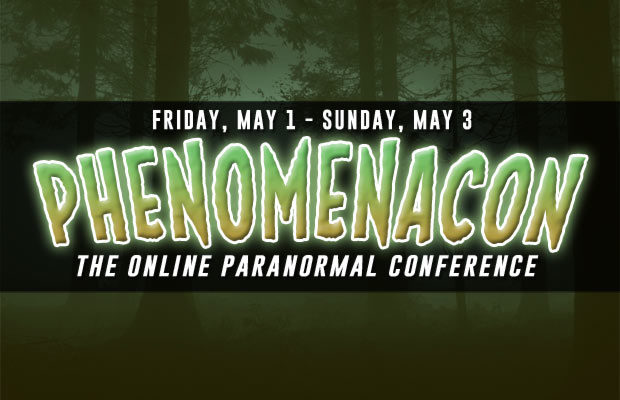
Phenomenacon: Attend the World’s First Online Paranormal Conference, Featuring Your Favorite Paranormal TV Stars
Martin Nelson | 04/22/2020With the onset of a global pandemic causing the shutdown of fan conventions all over the world, it was only a matter of time before the cancellations hit the...
4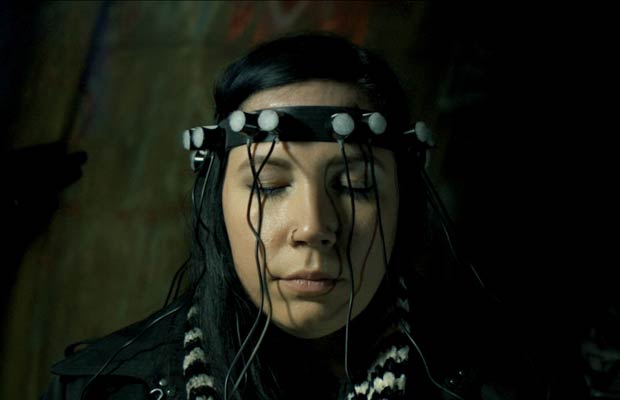
Groundbreaking Paranormal Documentary Series “Hellier” Returns with Ten Haunting Episodes of Appalachian Mystery
Martin Nelson | 11/28/2019There’s something strange moving through Kentucky like a virus, twisting through the Mammoth Cave system and hovering in the skies above the Appalachian Mountains. While might catch glimpses of...
4
Travel Channel’s “Haunted Salem: Live” Features the “Paranormal Dream-Team” in Live, Four-Hour Ghost Hunt
Martin Nelson | 09/27/2019Travel Channel is kicking off Halloween season on October 4th with a very special live event that brings together more of the network’s top paranormal stars than you can...
4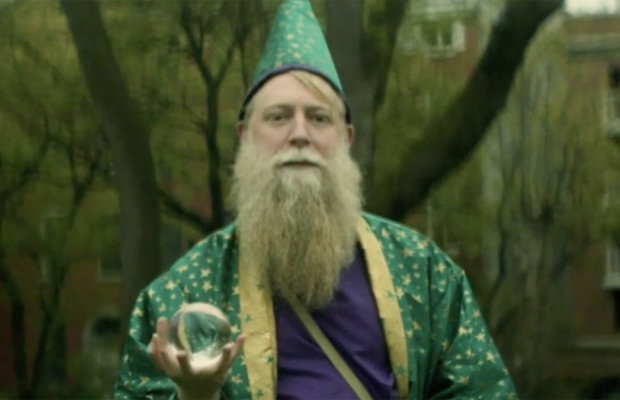
Meet Devin Person, a Real-Life Wizard Who Grants Wishes on the New York City Subway
Greg Newkirk | 06/11/2019For most of us, ignoring the strange people on the subway is second nature, but if you ever find yourself in the tunnels below New York City and you...
4Stories from Around the Internet
#PLANETWEIRD ON INSTAGRAM
About Week in Weird
Week In Weird is one of the web's most-visited destinations for all things weird, bringing you the latest fringe news, original articles featuring real investigations into unexplained phenomena, eyewitness reports of encounters with the anomalous, and interviews with notable figures in the fields of extra normal study.
Week In Weird is part of the Planet Weird family, brought to you by the paranormal adventures of Greg Newkirk and Dana Matthews, professional weirdos investigating the unexplained by engaging the strange.
- MORE ABOUT WEEK IN WEIRD
- REPORT A SIGHTING / CONTACT
- ADVERTISE WITH USFOLLOW PLANET WEIRD ON TWITTER
GREG & DANA: INVESTIGATING THE UNEXPLAINED
Content copyright © 2016 Planet Weird unless otherwise noted.


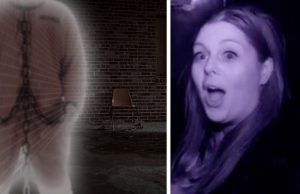
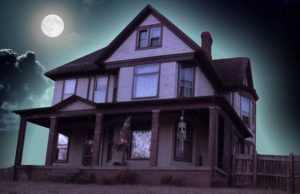



You must be logged in to post a comment Login